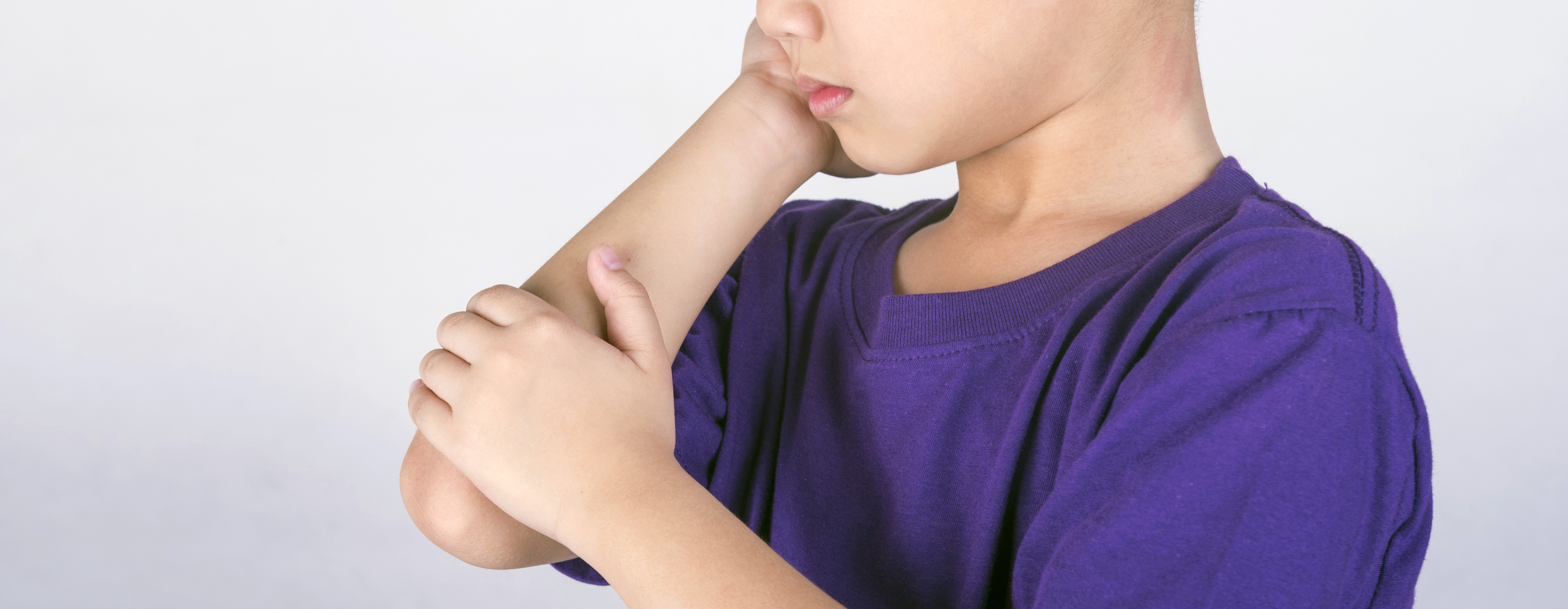September is Arthritis Awareness Month — Learn about arthritis from AboutKidsHealth
In recognition of Arthritis Awareness Month, AboutKidsHealth is sharing information on arthritis in children and teens, called juvenile idiopathic arthritis (JIA).
What is juvenile idiopathic arthritis?
Many people think that arthritis is something only old people get, but children and teenagers can get arthritis too. In fact, arthritis affects about 1 in 1,000 children and teenagers in Canada. Children and teenagers get a type of arthritis called juvenile idiopathic arthritis (JIA), sometimes called juvenile rheumatoid arthritis (JRA).

Arthritis is inflammation in the joints (the places where the bones come together). Symptoms of arthritis include warmth, stiffness, swelling and pain in the joint area.
Diagnosis of JIA
JIA is diagnosed with a complete medical history, a complete physical examination, blood tests and imaging studies. There is no single test to diagnose JIA.
Effects of JIA
Even when JIA is being treated and a child has gone for months or years without their disease bothering them, their symptoms can return. This is called a flare or a flare-up. It’s important to remember that flare-ups just happen and cannot be prevented.
Depending on the type and severity of your child’s JIA, there are several eye conditions that can affect them, including uveitis, cataracts and glaucoma. It’s important to have regular eye exams with an eye doctor because eye inflammation usually occurs without any eye symptoms until it is too late.
JIA may also affect a person’s growth. If JIA affects many joints or other body systems, it may slow overall growth. On the other hand, if JIA affects only one joint, it may cause that part of the body to grow faster.
In general, about 70% of young people with JIA will have active arthritis as adults.
Treating JIA
To determine the appropriate treatment plan for your child, their doctor needs to first diagnose the type of JIA your child has. There are seven different types affecting children and teenagers under 16 years of age:
• oligoarticular arthritis (2 different types)
• polyarticular arthritis (2 different types)
• systemic JIA (sJIA)
• enthesitis-related arthritis
• psoriatic arthritis
Treatment options include medications, physical therapies, psychological therapies, and complementary and alternative therapies.
AboutKidsHealth is SickKids’ health-education website and features more than 3,500 articles on a range of paediatric health topics. Find more information for parents and caregivers on JIA and other health topics at aboutkidshealth.ca. For JIA content created for teens, visit teens.aboutkidshealth.ca/jiateenhub.
Diagnosis of JIA
JIA is diagnosed with a complete medical history, a complete physical examination, blood tests and imaging studies. There is no single test to diagnose JIA.
Arthritis is inflammation in the joints
Even when JIA is being treated and a child has gone for months or years without their disease bothering them, their symptoms can return. This is called a flare or a flare-up. It’s important to remember that flare-ups just happen and cannot be prevented.
Depending on the type and severity of your child’s JIA, there are several eye conditions that can affect them, including uveitis, cataracts and glaucoma. It’s important to have regular eye exams with an eye doctor because eye inflammation usually occurs without any eye symptoms until it is too late.
JIA may also affect a person’s growth. If JIA affects many joints or other body systems, it may slow overall growth. On the other hand, if JIA affects only one joint, it may cause that part of the body to grow faster.
In general, about 70% of young people with JIA will have active arthritis as adults.
Treating JIA
To determine the appropriate treatment plan for your child, their doctor needs to first diagnose the type of JIA your child has. There are seven different types affecting children and teenagers under 16 years of age:
• oligoarticular arthritis (2 different types)
• polyarticular arthritis (2 different types)
• systemic JIA (sJIA)
• enthesitis-related arthritis
• psoriatic arthritis
Treatment options include medications, physical therapies, psychological therapies, and complementary and alternative therapies.
AboutKidsHealth is SickKids’ health-education website and features more than 3,500 articles on a range of paediatric health topics. Find more information for parents and caregivers on JIA and other health topics at aboutkidshealth.ca. For JIA content created for teens, visit teens.aboutkidshealth.ca/jiateenhub.


